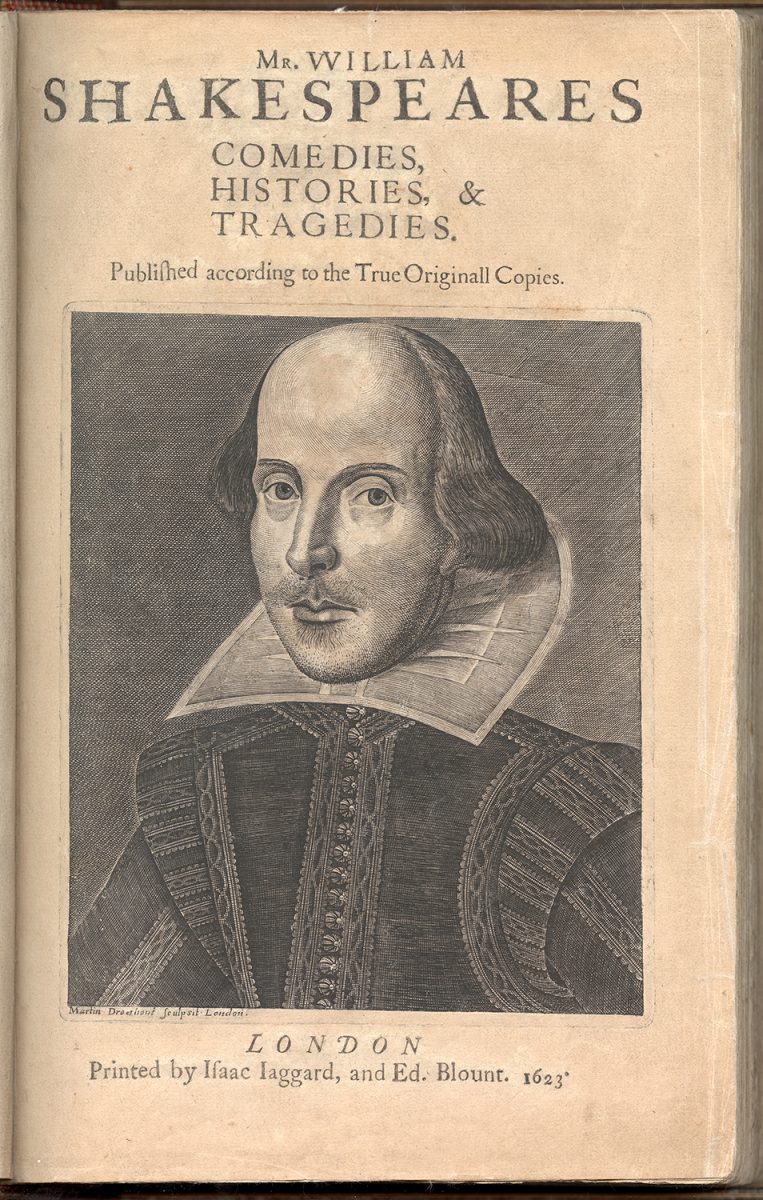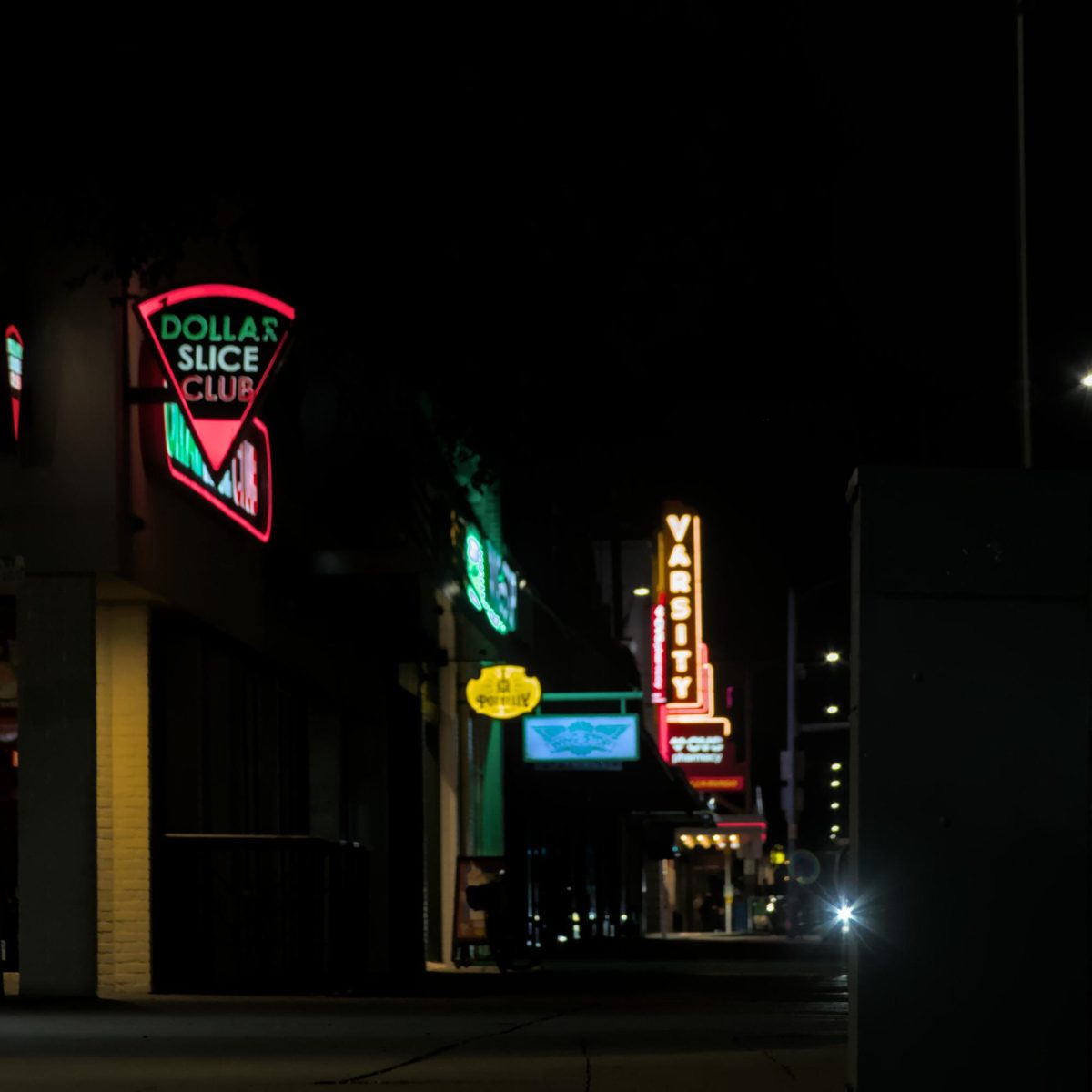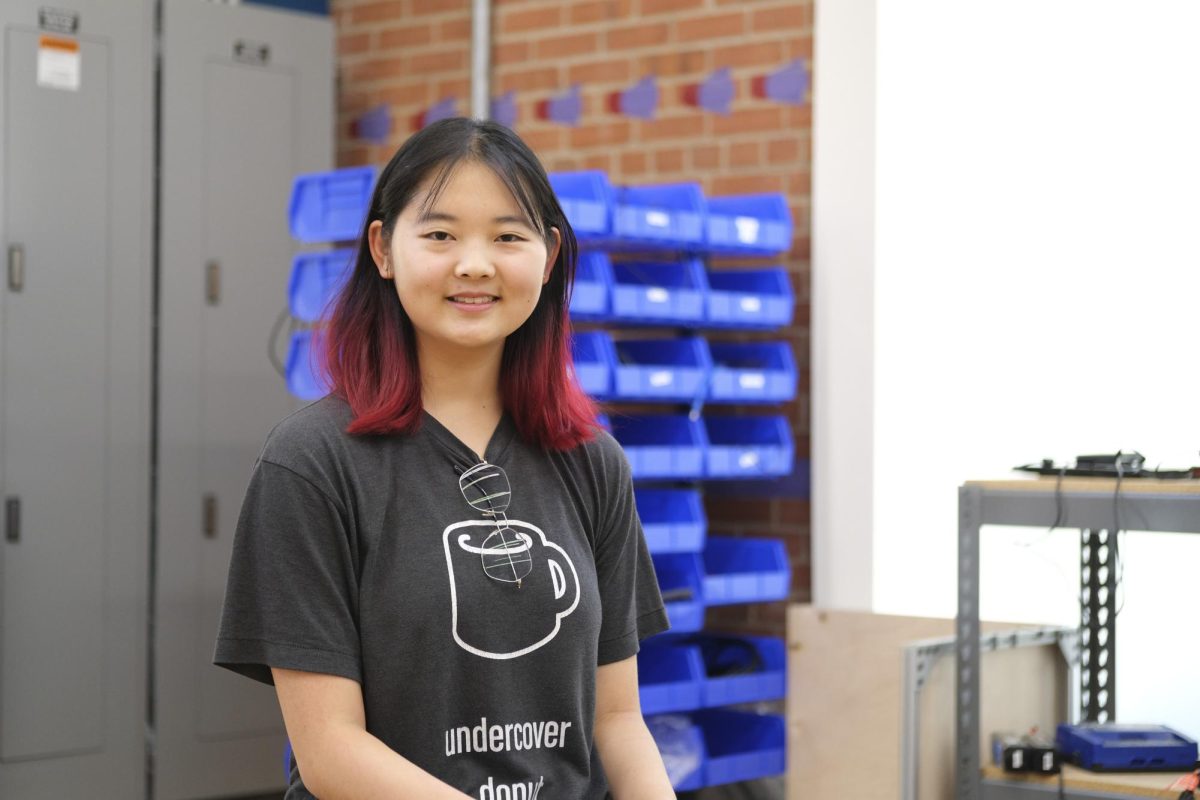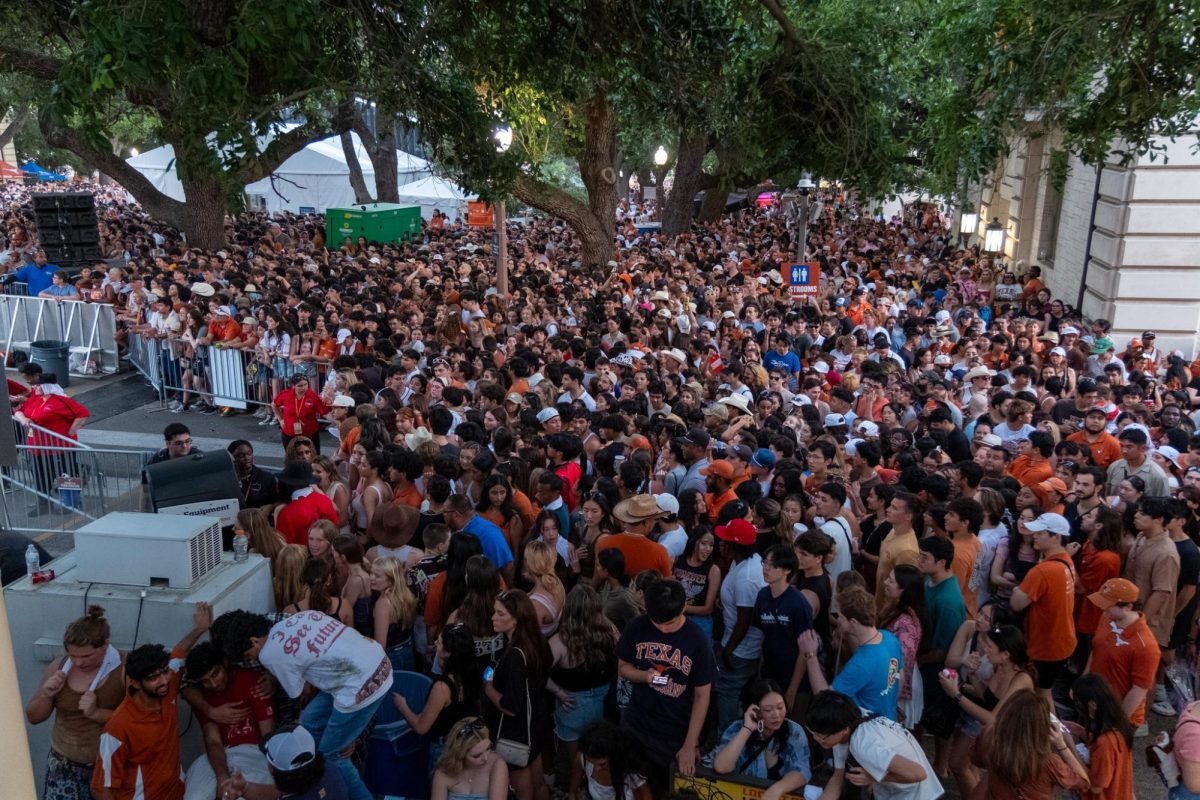While printed to be identical, older books have their own unique stories. This idea is captured through about 150 items in the Harry Ransom Center’s “The Long Lives of Very Old Books” exhibition that will run from Aug. 19 to Dec. 30.
“Because of the way the books were printed in the period, and because once a book leaves the printing house or leaves the bookshop, it has its own path through the world, every individual copy of every printed book has something unique about it,” said Aaron T. Pratt, Carl and Lily Pforzheimer curator of early books and manuscripts at the Harry Ransom Center. “The exhibition, first and foremost, is really about thinking through what we can learn by looking for evidence of those individual histories.”
The Center’s three copies of Shakespeare’s First Folio will be on display at the exhibition, and Pratt said the Folio acts as a great example of how older books change over time. Collectors often mix sections of different Folios and replicas to create a nicer copy.
“The First Folio is one of the most restored or doctored books in the history of books because it’s so famous,” Pratt said.
James Loehlin, Shakespeare at Winedale regents professor of English, said the printing process at the time included correcting works already in press, leading to differences between the Folios.
“Every single copy that we know of, of the First Folio, is different from every single other copy,” Loehlin said. “They’re all unique. They all have had different degrees of editorial correction.”
Pratt said the exhibition is divided into four sections: survival, variation, repair and conservation, and will showcase both “fancy things” and “weirder stuff.” Items on display include English playbooks from a series of thefts and an old book once used as a diary by a Harvard undergraduate student in the 1960s.
“At one page, he talks about getting the new Beatles album, ‘Let It Be,’” Pratt said. “I think it’s a surprising example of how people have used books in ways that the books themselves had never imagined.”
The Center will provide a behind-the-scenes look at how items like these are acquired through the “Selling Very Old Books Today” panel on Sept. 7. The exhibition page will be updated throughout the exhibit with additional content.
“I think that anybody who goes through a little bit of this show will come away with an understanding that books actually have a lot going on in them as artifacts,” Pratt said.















